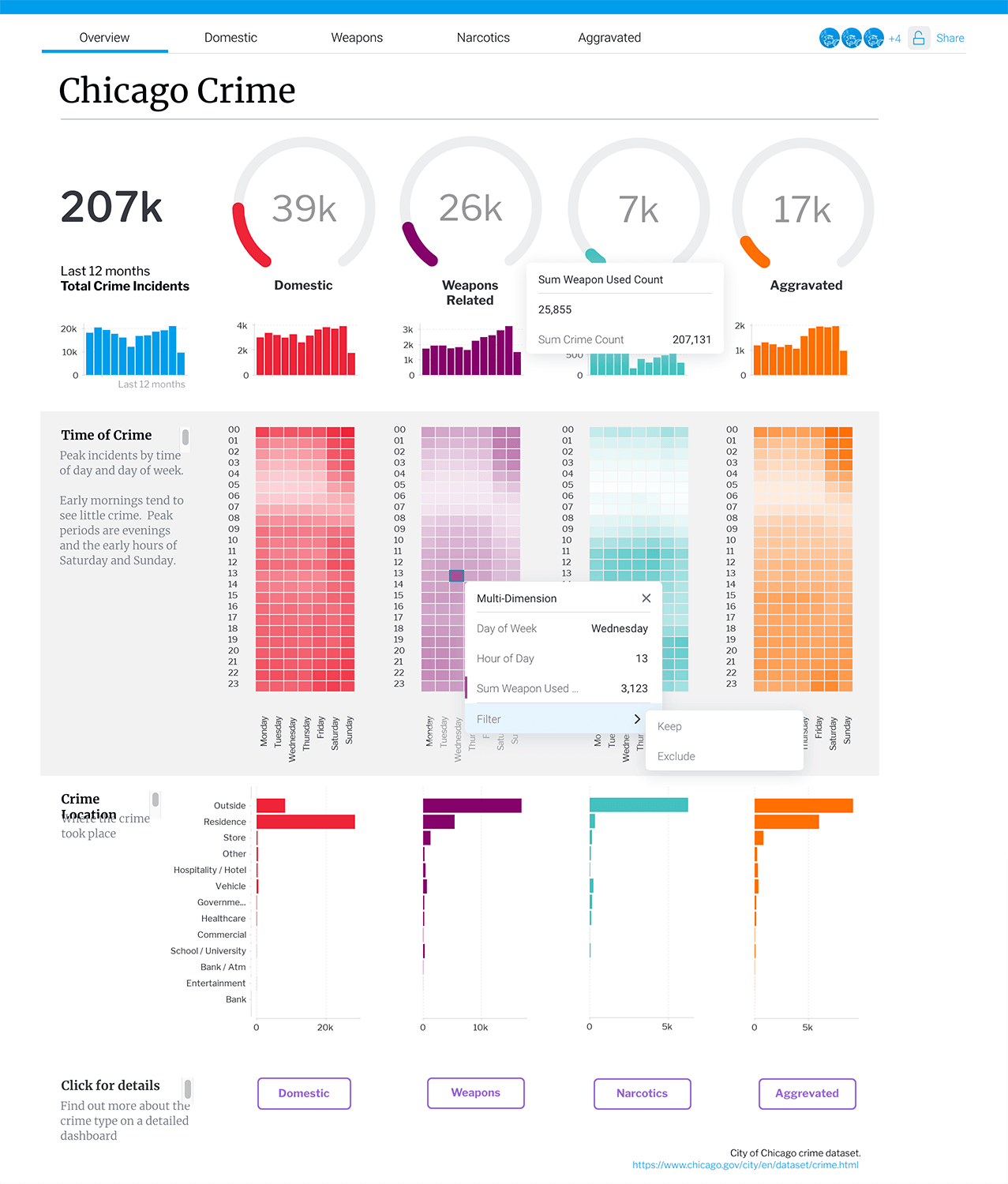
The Power of Business Intelligence Software for Business Decision Makers
In today’s fast-paced and competitive business landscape, making informed decisions is crucial for success. Business intelligence (BI) software has emerged as a vital tool for business decision makers, enabling them to analyze complex data, identify trends, and make data-driven decisions. In this article, we will explore the world of business intelligence software, its benefits, and how it can help business decision makers drive growth and profitability.
What is Business Intelligence Software?
Business intelligence software refers to a set of tools and technologies that enable organizations to collect, analyze, and visualize data from various sources. This data can come from internal systems, such as customer relationship management (CRM) and enterprise resource planning (ERP) systems, as well as external sources, like market research and social media. BI software helps organizations to transform this data into actionable insights, allowing decision makers to make informed decisions.
Benefits of Business Intelligence Software
The benefits of business intelligence software are numerous and can have a significant impact on an organization’s bottom line. Some of the key benefits include:
- Improved Decision Making: BI software provides decision makers with accurate and timely data, enabling them to make informed decisions that drive business growth.
- Enhanced Data Analysis: BI software allows organizations to analyze large amounts of data from various sources, identifying trends, patterns, and correlations that may not be apparent through traditional analysis methods.
- Increased Efficiency: BI software automates many of the manual tasks associated with data analysis, freeing up staff to focus on higher-value tasks.
- Better Customer Insights: BI software helps organizations to gain a deeper understanding of their customers, including their behavior, preferences, and needs.
- Competitive Advantage: Organizations that use BI software can gain a competitive advantage by making data-driven decisions that drive innovation and growth.
Key Features of Business Intelligence Software
When evaluating business intelligence software, there are several key features to consider. Some of the most important features include:
- Data Integration: The ability to integrate data from various sources, including internal systems and external data sources.
- Data Analysis: The ability to analyze large amounts of data, including data mining, predictive analytics, and statistical analysis.
- Data Visualization: The ability to visualize data in a clear and intuitive manner, including charts, graphs, and dashboards.
- Reporting: The ability to generate reports and dashboards that provide insights into business performance.
- Security: The ability to ensure the security and integrity of data, including access controls, encryption, and auditing.
Types of Business Intelligence Software
There are several types of business intelligence software available, including:
- Cloud-Based BI: Cloud-based BI software is hosted in the cloud and can be accessed through a web browser or mobile device.
- On-Premise BI: On-premise BI software is installed and run on an organization’s own servers.
- Open-Source BI: Open-source BI software is free to use and customize, with a community of developers contributing to its development.
- Self-Service BI: Self-service BI software enables users to create their own reports and dashboards without requiring IT support.
Implementing Business Intelligence Software
Implementing business intelligence software requires careful planning and execution. Some of the key steps to consider include:
- Define Business Objectives: Define the business objectives that the BI software will support, including key performance indicators (KPIs) and metrics.
- Assess Data Sources: Assess the availability and quality of data sources, including internal systems and external data sources.
- Choose a BI Solution: Choose a BI solution that meets the organization’s needs, including data integration, analysis, and visualization capabilities.
- Develop a Implementation Plan: Develop a detailed implementation plan, including timelines, budgets, and resource allocation.
- Train Users: Train users on the use of the BI software, including data analysis, reporting, and visualization.
Best Practices for Using Business Intelligence Software
To get the most out of business intelligence software, there are several best practices to follow:
- Start Small: Start with a small pilot project to test the BI software and develop a proof of concept.
- Focus on Business Objectives: Focus on business objectives and key performance indicators (KPIs) when developing reports and dashboards.
- Use Data Visualization: Use data visualization to communicate insights and trends to stakeholders.
- Continuously Monitor and Evaluate: Continuously monitor and evaluate the effectiveness of the BI software, including user adoption and business outcomes.
- Stay Up-to-Date: Stay up-to-date with the latest trends and technologies in business intelligence, including new features and releases.
Conclusion
Business intelligence software is a powerful tool for business decision makers, enabling them to make informed decisions that drive growth and profitability. By understanding the benefits, key features, and types of BI software, organizations can choose the right solution for their needs. Implementing BI software requires careful planning and execution, and following best practices can help to ensure success. As the business landscape continues to evolve, the importance of business intelligence software will only continue to grow, and organizations that adopt this technology will be well-positioned for success.
Recommendations
- Invest in Business Intelligence Software: Invest in business intelligence software that meets the organization’s needs and objectives.
- Develop a Data-Driven Culture: Develop a data-driven culture that encourages the use of data and analytics to inform decision making.
- Provide Training and Support: Provide training and support to users to ensure they can effectively use the BI software.
- Continuously Evaluate and Improve: Continuously evaluate and improve the BI software and its implementation to ensure it remains aligned with business objectives.
- Stay Up-to-Date with the Latest Trends: Stay up-to-date with the latest trends and technologies in business intelligence to ensure the organization remains competitive.
By following these recommendations and best practices, organizations can unlock the full potential of business intelligence software and drive business success.
Closure
Thus, we hope this article has provided valuable insights into The Power of Business Intelligence Software for Business Decision Makers. We thank you for taking the time to read this article. See you in our next article!


